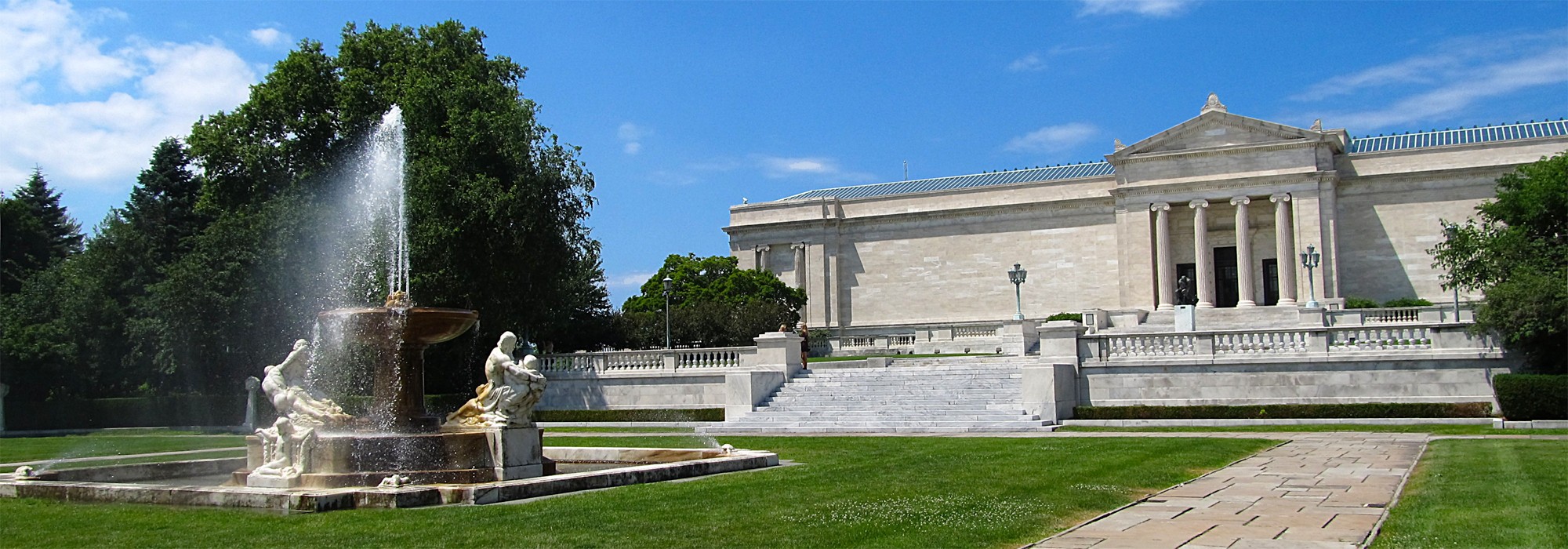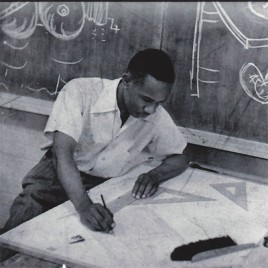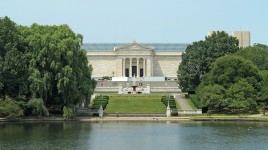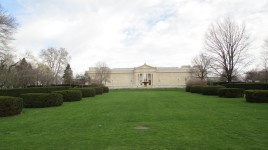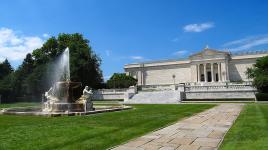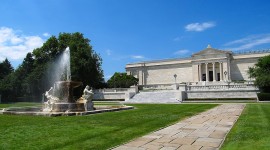Pioneer Information
Born in Cleveland, Ohio, Madison enrolled in Howard University’s College of Engineering and Architecture in 1940. He interrupted his studies in 1943 to enlist as a “Buffalo Soldier” in the segregated 92nd Infantry Division of the U.S. Army during World War II, eventually earning a Purple Heart for his service. After the war, he entered the Western Reserve University (now Case Western Reserve University) School of Architecture, becoming the first African American graduate of the program in 1948. Madison subsequently attended Harvard University’s Graduate School of Design, where he studied under Walter Gropius. He received a master’s degree in architecture in 1952 and spent the next two years studying urban design at the École des Beaux-Arts in Paris as a Fulbright Scholar. After briefly serving as an assistant professor of architecture at Howard University, Madison returned to Cleveland in 1954 and with his brothers Bernard and Julian, both graduates of Howard University’s College of Engineering and Architecture, established Madison, Madison, and Madison Architects and Engineers.
Initially facing racial discrimination at home, Madison established a reputation internationally, accepting commissions in Jamaica, the Bahamas, Nigeria, and Senegal, where he designed the U.S. Embassy in Dakar in 1965. Bernard Madison left the firm in 1970, after which it became known as Robert P. Madison International. Madison’s firm played a significant role in revitalizing Cleveland’s downtown at the turn of the 21st century, by building, redesigning, or consulting on numerous civic and commercial buildings, including the Rock and Roll Hall of Fame (with principal architect I.M. Pei), the Cleveland Browns Stadium, the Cleveland Museum of Art (with principal architect Rafael Viñoly), and the main branch of the Cleveland Public Library.
Over the course of more than five decades, Madison hired and mentored almost 200 African American architects and engineers at his firm. He retired in 2016.



